AI, Data Science and CUE
CUE research integrates AI and data science to implement groundbreaking solutions to the challenges our cities face.
Our faculty’s research and technologies are being used to innovate in the areas of construction, transportation, environmental engineering and geotechnical engineering.
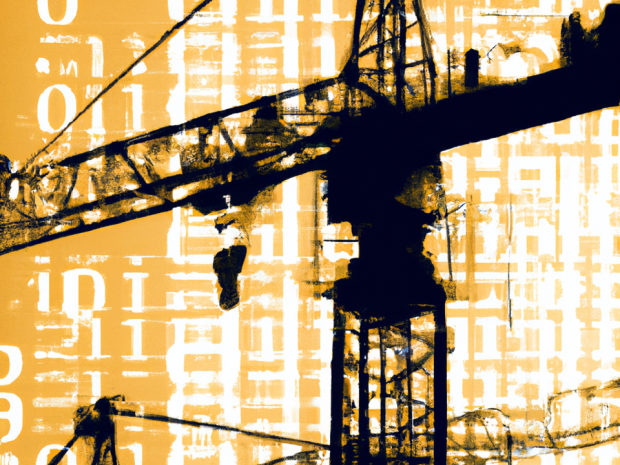
Construction
Life cycle data management and decision making: Modeling, Sensing, and Analytics within AEC/FM - Prof. Semiha Ergan

Professor Ergan, director of the Building Informatics Lab, is working on improving Facilities Management practices in buildings through the use of integrated data models, sensing, and visualization. biLAB works on improving the design, construction, and operation of CIS through data analytics, semantically rich data models, and reality capture technologies.
Research on Perception and Learning for Smart Cities and Robotics - Prof. Chen Feng, Ph.D.
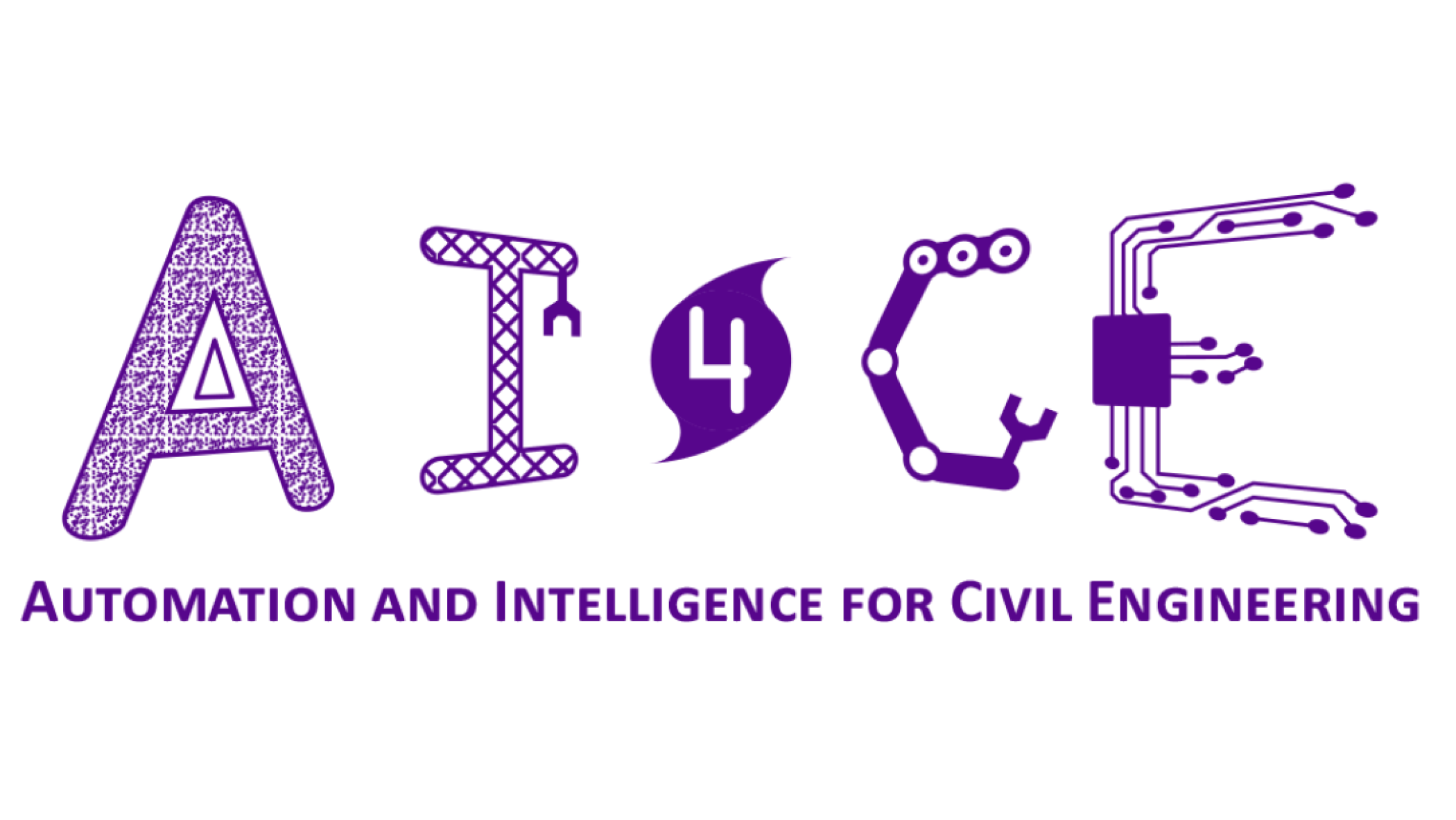
Professor Feng is conducting research on predictive, assistive, active, and collaborative perception and how it applies to the creation of smart cities using robotics.
Environmental Engineering
Remote Sensing and Big Data: Saving Lives with Precise River Hazard Maps - Prof. Omar Wani
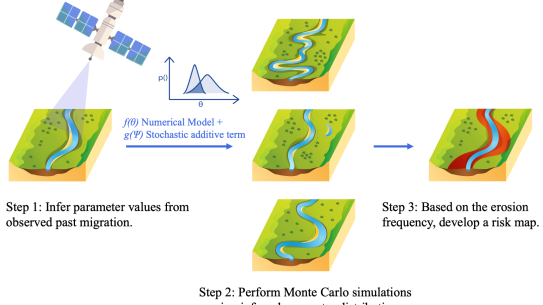
Professor Wani's research focuses on how big data from remote sensing can be used in conjunction with advanced computational models to perform comprehensive risk analysis - for example, to generate risk maps for flood hazards and river-induced erosional hazards. Insights that are gained from such data analytics help with informed decision-making during infrastructure planning and can in turn help avoid damage to valuable property and loss of lives.
Transportation and Urban Systems
On The Use of Data in Urban Policy Decision Making - Prof. Daniel A. Vignon
Professor Vignon's research focuses on using insights from economics, operations research, and other fields to address public policy challenges in transportation. His models use data to evaluate urban policies, such as how NYC's congestion surcharge policy affected ride-hail travel demand and congestion, and also how e-hailing drivers respond to platform incentives.
Machine Learning and Remote Sensing Applied to Highway Design - Prof. Debra Laefer & Prof. Maurizio Porfiri
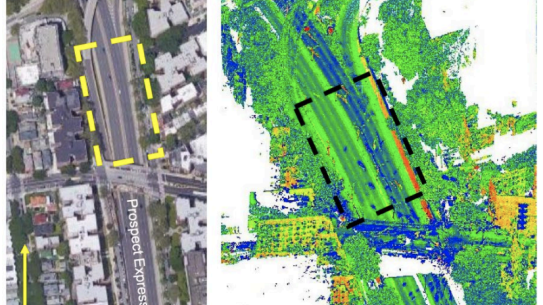
Professor Laefer and Professor Porfiri are conducting research on minimizing wind drag variabilities on highways in order to improve autonomous vehicle safety and reduce petrol usage.
Reinforcement Learning For The Next Generation Of Autonomous Urban Agents - Prof. Eugene Vinitsky
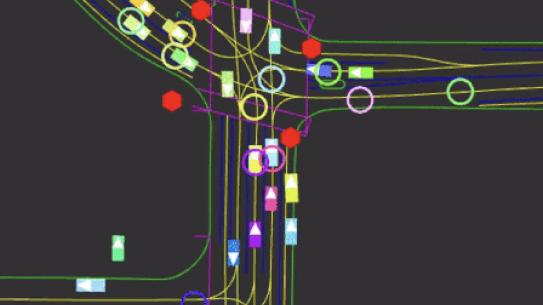
The EMERGE lab lead by Professor Vinitsky is focused on using reinforcement learning and optimization to design agents and simulators to maximize the safety and efficiency of agents operating in urban settings. His group uses fast simulation and multi-agent learning to study how to create and validate autonomous actors that can safely be deployed in safety-critical settings involving human actors.

